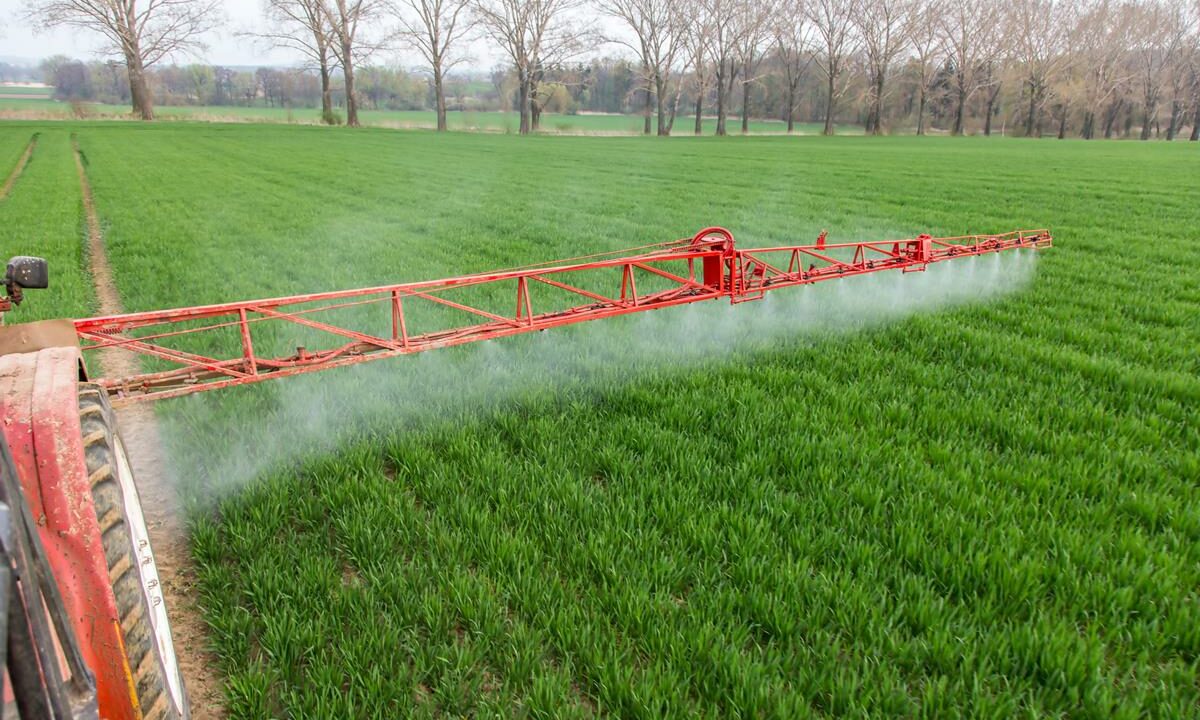Failing to manage the disease level in spring barley could result in a 10-30% yield loss, according to Syngenta’s Billy Cotter.
He said that the yield loss will depend on the disease pressure and is difficult to predict what level of pressure there is going to be.
Therefore, fungicide treatments are essential to protect crops from a disease outbreak and to give farmers the best possible yield, he said.
Spring crops are looking OK, crops are blooming in the good weather and disease levels are manageable at the moment, but farmers cannot take their foot off the pedal.
A spring of two sowing dates
Cotter continued to say that this spring has been quite unusual, as some spring barley crops were sown in March, while the remainder where sown in late April.
For March sown crops, Cotter said that farmers should be considering the first application of fungicide now.
The fungicide should be applied once the spring barley plant has reached growth stage 31-32.
April sown crops will require this treatment in approximately a weeks time, he said.
Farmers should aim to apply the second fungicide treatment when the awns on the spring barley crop start to appear.
Cotter also said that the first and second fungicide treatments are key to producing a high yielding, quality spring barley crop.
Some farmers view the first treatment as less important but, he said, the research backs up the need for it.
Teagasc identified the first fungicide treatment as important for tiller survival, plants per meter and yield.
He recommended using Syngenta’s Bontima for the first fungicide treatment, while Bontima and Bravo should be used for the second treatment.
Winter wheat crops need a fungicide top up
Cotter also said that winter wheat growers should also focus on the final fungicide treatment to ensure good grain quality and yield.
He advised farmers to use a combination of Amistar Opi and Magnello for this treatment, as this combination has proven performance on Septoria and ear diseases.
He also said that this fungicide treatment could also result in an increase in yield, as it slows down the senescence of wheat plant, keeping the leaves greener for long.
And, each day plant senescence is delayed, the yield of the wheat crop will increase by 0.1-0.15t/ha.
Its all about getting value for money
Cotter also said that farmers are looking to get as much value for their money as possible.
And although Amistar Opti is an additional investment, trials show a consistent yield response that delivers increased profitability even at today’s depressed grain prices.
He also said that the Bontima product was good value for money and farmers who purchase it can also avail of the free drift-reducing nozzles.
The company is offering farmers the opportunity to get free drift-reducing nozzles when they buy the company’s IZM containing fungicides – Bontima, Cebara or Zulu.
Barley growers will receive one free nozzle for every full hectare of Bontima, Cebara or Zulu they purchase this year.
For example, each pack of Bontima purchased will entitle the grower to claim the equivalent of 2.5 nozzles.

